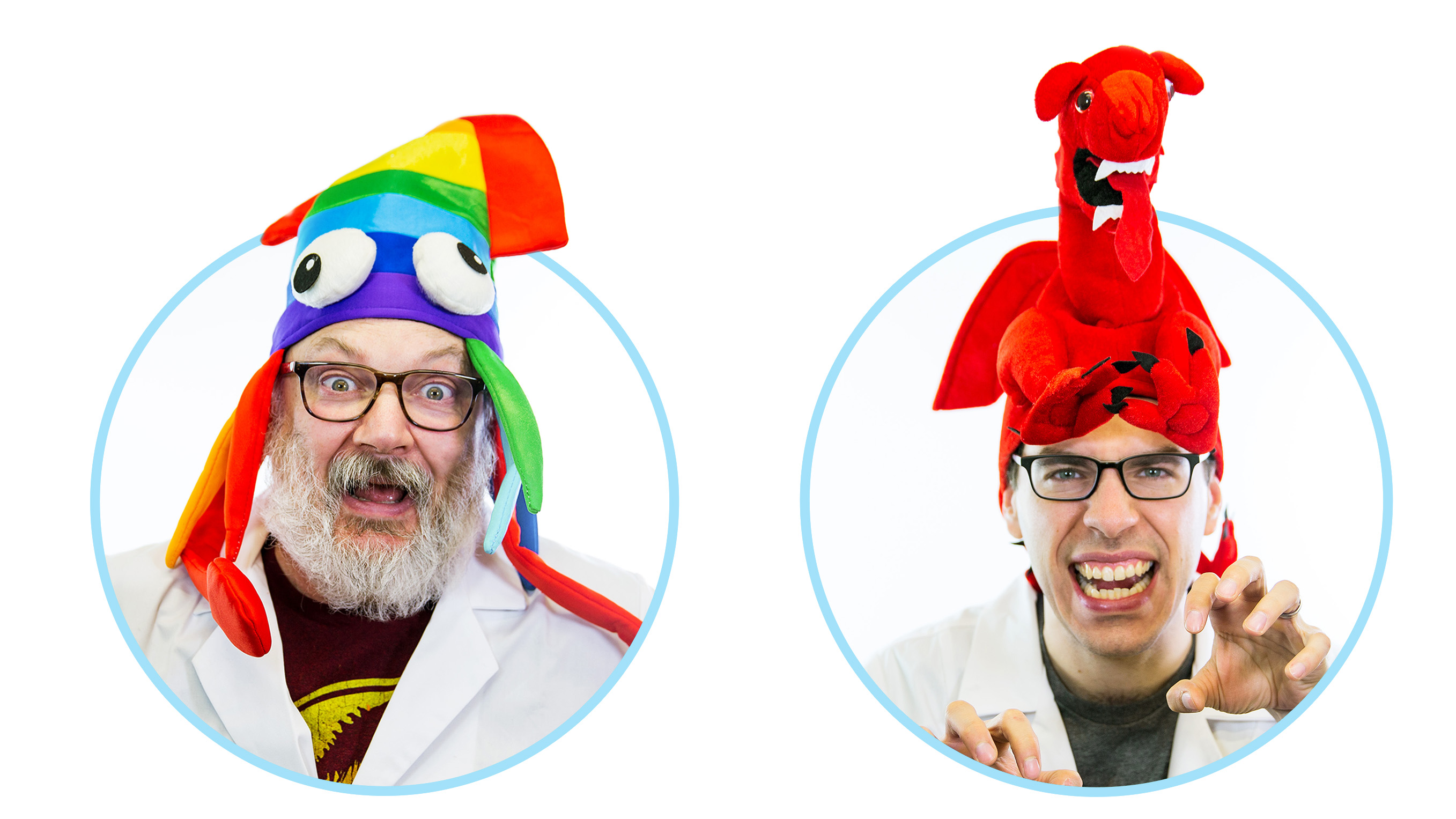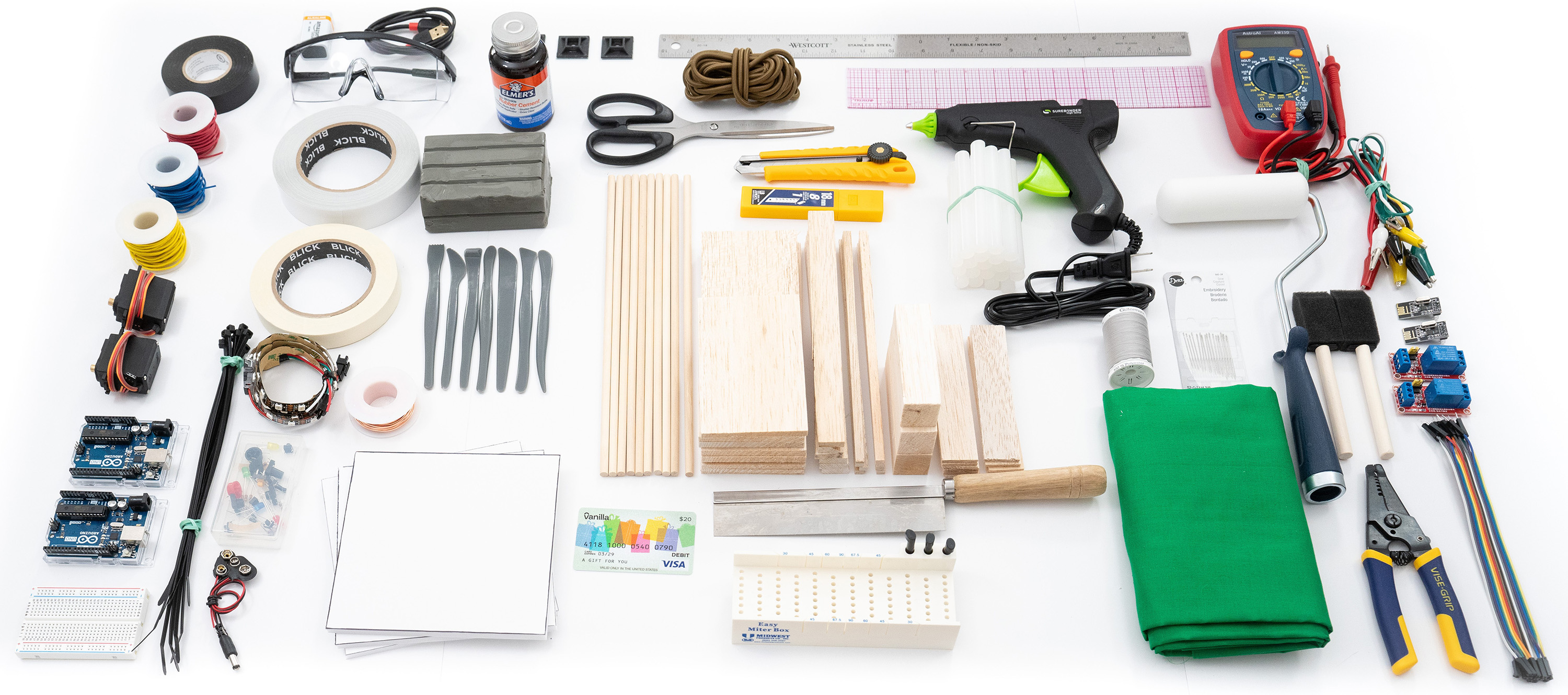2.00b: Toy Product Design
Students who sign up for MIT’s introductory mechanical engineering class 2.00b are in for a semester of incredible rigor but also incredible fun. And not just because they’re designing toys. Like Plato, mechanical engineering professor David Wallace, SM ’91, PhD ’95, also the mastermind behind the epic product design class known as 2.009, believes effective teaching relies on amusing students’ minds. So for Wallace and lecturer Josh Ramos ’11, SM ’13, PhD ’18, it’s a labor of love to give first-year students an engaging way to learn about product design—and get them to push themselves in the lab and enjoy the challenge.

Working in teams of five or six, students go through all the steps a design team would follow to move from concept to usable product as they brainstorm ideas, model them, and build prototypes, incorporating feedback from kid “playtesters” into their designs. Ultimately each team refines one of its prototypes into a nearly final toy.
When students got sent home mid-semester, Wallace and Ramos still wanted them to be able to build their designs. The 2.00b teaching team sent each student two kits—one containing materials such as fabric, foam core, balsa wood, modeling clay, and basic tools, the other filled with electronics components (Arduinos, servos, LEDs, and the like). The teams would still meet virtually to bounce ideas off each other and consult with lab instructors. But instead of collaborating on team designs, all the students would design and build a toy for the people on their personal quarantine “island,” using only the items in the kits—a useful lesson in designing with constraints.

Wallace and Ramos also revamped the semester’s milestones, and the teaching team offered round-the-clock feedback within minutes on Slack and gave all 92 students individual written feedback and Zoom consultations after each milestone. Then they developed completely new lectures for the rest of the semester. They added one on HTML coding so students could create websites and upload sketches and CAD designs into their online portfolios ahead of milestone reviews. Others covered things like cloud-based CAD and a crash course in producing and editing videos for students’ final “playsentations,” which premiered at semester’s end in a virtual 2.00b multiplex cinema.
In all, Wallace and Ramos created nine new lectures on the fly, filming and producing each one from their homes in a matter of days and injecting them with the same sense of play and fun that they aim for on campus. The lectures, which incorporate video clips, animations, and thoughtful use of sound, are designed both to guide students through the steps of the design process and to get them excited about doing the work. “Ultimately, all the learning is when you go off and do it,” Wallace says. “In some sense, we’re trying to set up a playing field that they want to spend time in.”
Despite the intense deadlines, developing new course content and figuring out how to do online lectures was “kind of fun,” Wallace says. “It’s an example of trying to execute under constraints, and using them as an opportunity, which is in some sense what design is about.”
Watch a sample lecture: This clip from a “new and improved” 2.00b lecture covers goals for the students’ CAD milestone and provides tips for designing under constraints. It’s part of a 1.5-hour lecture that also includes a tutorial on using electronics components. The 2.00b teaching team wrote, filmed, and produced the full-length version of the lecture from their homes in about 3.5 days.
See what’s in the design kits: This video shows a snippet from the second online lecture in which Wallace and Ramos and the 2.00b teaching team reveal the contents of the building materials and electronics kits they’d just shipped out to the students. Each student was asked to design a toy to entertain and comfort the people on their “island” using only the materials and tools in their kits.
Keep Reading
Most Popular
Large language models can do jaw-dropping things. But nobody knows exactly why.
And that's a problem. Figuring it out is one of the biggest scientific puzzles of our time and a crucial step towards controlling more powerful future models.
How scientists traced a mysterious covid case back to six toilets
When wastewater surveillance turns into a hunt for a single infected individual, the ethics get tricky.
The problem with plug-in hybrids? Their drivers.
Plug-in hybrids are often sold as a transition to EVs, but new data from Europe shows we’re still underestimating the emissions they produce.
Google DeepMind’s new generative model makes Super Mario–like games from scratch
Genie learns how to control games by watching hours and hours of video. It could help train next-gen robots too.
Stay connected
Get the latest updates from
MIT Technology Review
Discover special offers, top stories, upcoming events, and more.